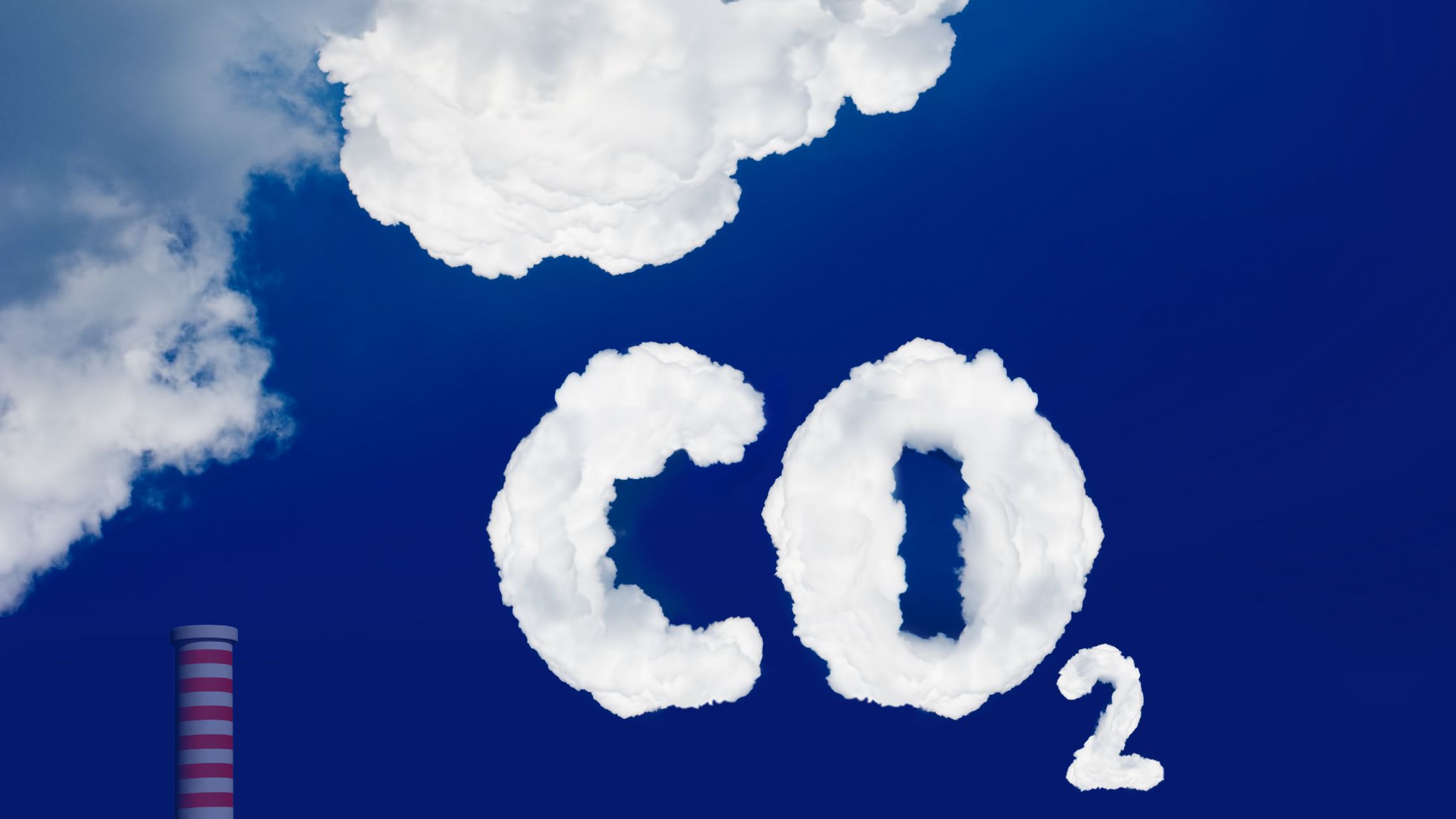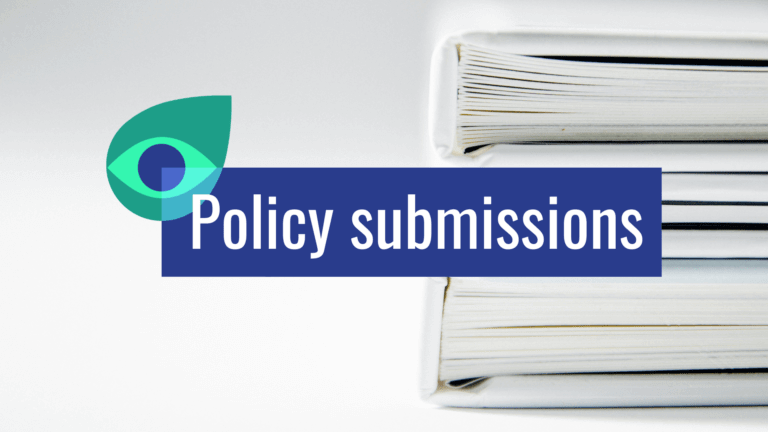
Corporate workshop plants the seeds for greenwashing
An event presented to EU policymakers as presenting stakeholders perspectives on carbon farming credits was instead an industry sales pitch for offsetting. CMW’s Marlène Ramón
This is reflected in the plethora of policies tackling CDR around the world and the emerging momentum towards formulating carbon removal policy frameworks. However, most of these are inadequate for the task at hand.
A Carbon Market Watch assessment of 20 climate policy frameworks at the UN, EU, national and sub-national levels that deal with carbon removals at some level concluded that the policies currently in place are not up to the task. This is due to a variety of reasons, such as misusing carbon removals as a substitute for emissions reductions, the absence of legally binding CDR targets, the inclusion of non-removals under the CDR umbrella and explicit but false equivalences being made between temporary sequestration, permanent removals and emissions.
This legislative void has enabled carbon removals to be used for offsetting purposes, which undermines their scientifically endorsed role as a complementary tool for scaling down atmospheric concentrations of greenhouse gases.
New policy initiatives are currently failing to fix these problems. The European Union is working to establish a dedicated Carbon Removal Certification Framework (CRCF). Although this has the potential to bring clarity to this important emerging sector, its ambiguous definition of carbon removals and its failure to determine the valid end uses of CDR risks enabling offsetting and greenwashing.
The United Nations Framework Convention on Climate Change (UNFCCC) is also considering integrating carbon removals into one of the carbon markets being established under Article 6 of the Paris Agreement. However, the definition initially proposed at COP27 was so vague that it would have enabled approaches that do not remove greenhouse gases from the atmosphere or that store them temporarily to be erroneously classed as removals.
When it comes to carbon removal policy and certification frameworks, Carbon Market Watch focuses on:
“The way existing climate policies are currently framed does not guarantee that carbon removals will play the role the science says they need to. That role is to truly balance out only the very last emissions that cannot be eliminated, leading eventually to negative emissions. Policymakers around the world must recognise this flaw and by acting now have the power to effectively limit global heating.“
Fabiola De Simone
Policy expert on carbon removals
“The way existing climate policies are currently framed does not guarantee that carbon removals will play the role the science says they need to. That role is to truly balance out only the very last emissions that cannot be eliminated, leading eventually to negative emissions. Policymakers around the world must recognise this flaw and by acting now have the power to effectively limit global heating.“
Fabiola De Simone
Policy expert on carbon removals
Clearly defining CDR as a tool for removing CO2 from the atmosphere and storing it for at least several centuries.
Clearly determining the valid uses of carbon removals, which exclude, among other things, offsetting of emissions.
Building civil society consensus around legislative blueprints for the effective and sustainable deployment of carbon removals.
Setting dedicated and legally binding targets for permanent carbon removals and land sequestration, separate from those for emission reductions.
Continuing to exclude carbon removals from emissions trading systems.
Implementing robust accounting rules, methodologies, and sustainability requirements to certify CDR based on careful consideration of implications and impacts.

An event presented to EU policymakers as presenting stakeholders perspectives on carbon farming credits was instead an industry sales pitch for offsetting. CMW’s Marlène Ramón

The 2015 Paris Agreement established the global ambition to “achieve a balance between anthropogenic emissions by sources and removals by sinks of greenhouse gases (GHG)

On behalf of an NGO Carbon Removals Expert Group, CMW’s Wijnand Stoefs took to the floor at an European Commission meeting to explain why proposed draft methodologies for the EU

The EU’s lacklustre attempt to forge a certification system for carbon removals is so riddled with holes that the process needs to be rebooted to avoid doing more harm than good.

Storing carbon temporarily is being touted as a tool for tackling the climate crisis. But unless the CO2 is stored for over a century, this “solution” can do more harm than good, despite the co-benefits to ecosystems.
Carbon dioxide must be stored for several centuries to have significant benefits for climate action. Storing CO2 for less than 100 years does nothing to tackle the climate crisis.

wijnand.stoefs[at]carbonmarketwatch.org

fabiola.desimone[at]carbonmarketwatch.org

marlene.ramon[at]carbonmarketwatch.org
Stay in touch and receive our monthly newsletter, campaign updates, event invites and more.
